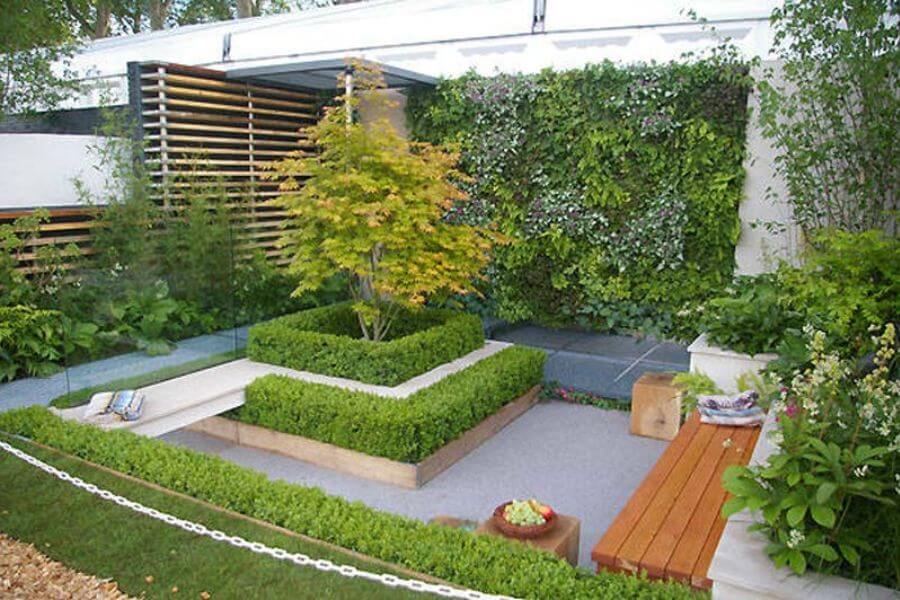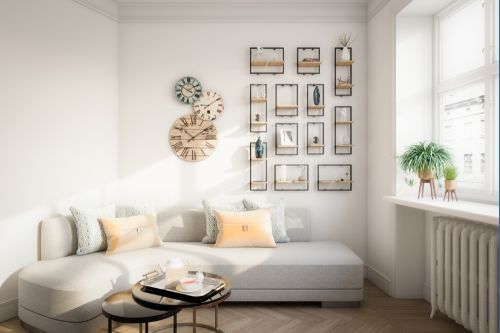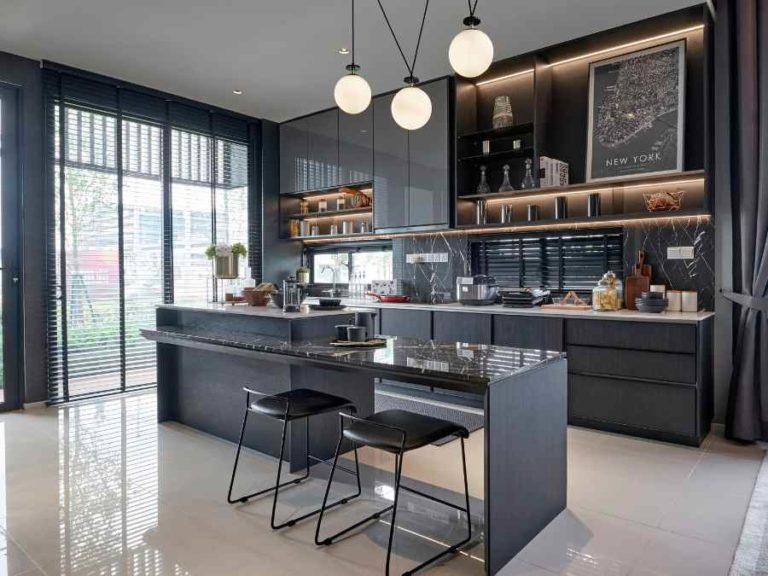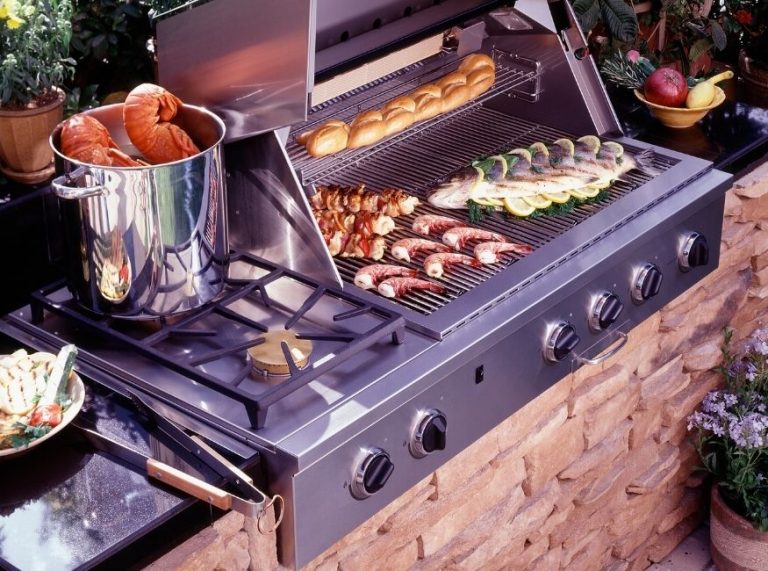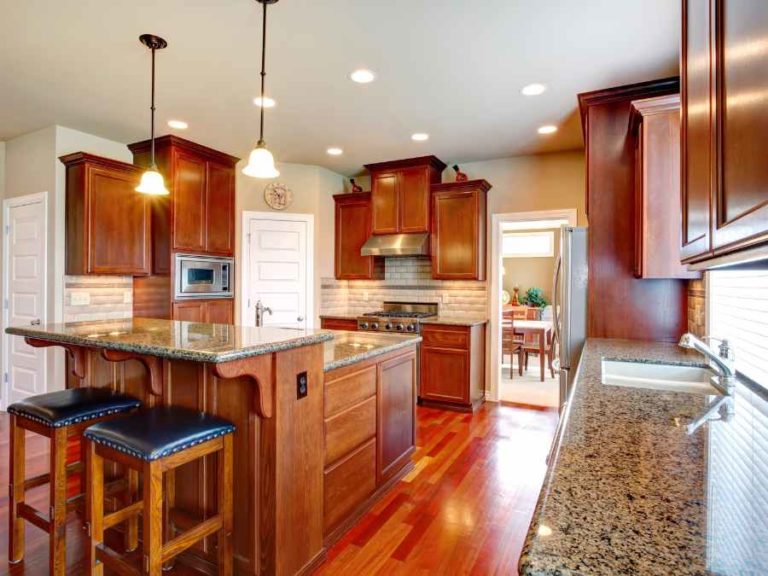Urban Gardening: Growing Green Spaces in Small Places
Are you longing for a lush oasis amidst the concrete jungle? Look no further than ‘Urban Gardening: Growing Green Spaces in Small Places.
This comprehensive guide will show you how to transform your tiny urban space into a thriving garden paradise. Discover the countless benefits of urban gardening and learn how to choose the perfect plants for your limited area.
Explore ingenious techniques like vertical gardening to maximize your space. With essential supplies and expert tips for maintenance, you’ll be amazed at what you can achieve in even the smallest of spaces.
Embrace the beauty of nature and create your own green sanctuary in the heart of the city.
Benefits of Urban Gardening
Discover the numerous benefits of urban gardening and how it can transform your small space into a thriving green oasis. Urban gardening offers a range of advantages that make it worth considering for anyone with limited outdoor space.
First and foremost, it allows you to grow your own fresh and organic produce right at home. Imagine plucking juicy tomatoes, crisp lettuce, and fragrant herbs from your own garden whenever you need them for a meal. Not only will you save money on groceries, but you’ll also have the satisfaction of knowing exactly where your food comes from and how it was grown.
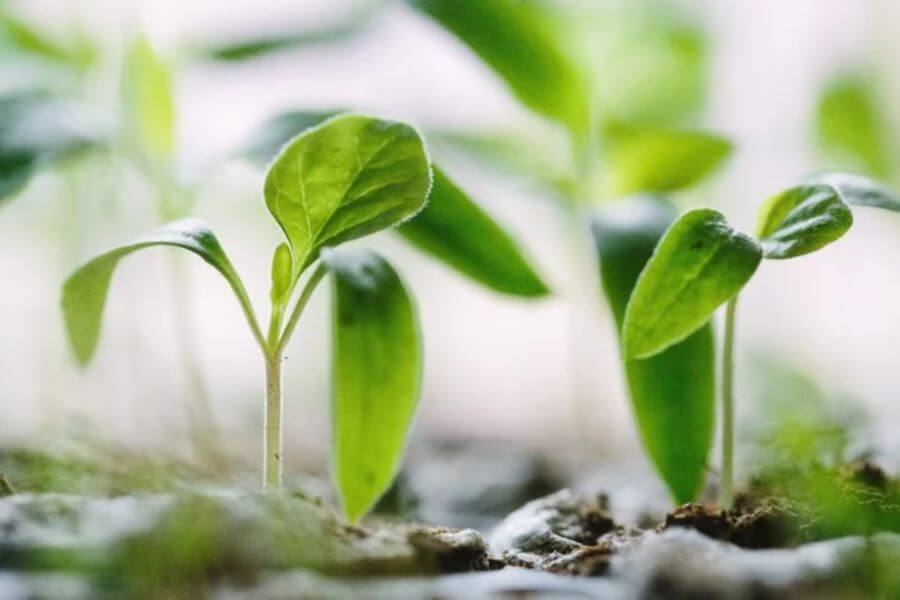
In addition to providing you with a constant supply of fresh produce, urban gardening has numerous health benefits. Spending time outdoors and getting your hands dirty in the garden has been proven to reduce stress, improve mood, and increase physical activity levels. Gardening is also a great way to connect with nature and foster a sense of peace and tranquility in your busy urban life.
Furthermore, urban gardening can have a positive impact on the environment. By growing your own food, you reduce the need for transportation, packaging, and processing that often accompany store-bought produce. Additionally, gardening helps improve air quality by reducing pollution and increasing oxygen production.
Choosing the Right Plants for Small Spaces
To maximize the potential of your small space, carefully select plants that thrive in limited areas. When choosing plants for small spaces, it’s important to consider their growth habits and how well they adapt to confined environments. Look for plants that have a compact or dwarf growth habit, as they’ll take up less space and still provide plenty of beauty. Some examples of compact plants include dwarf varieties of roses, shrubs, and fruit trees.
Additionally, consider plants that can be trained to grow vertically, such as climbing vines or espaliered trees, as they can make use of vertical space and create a lush, green backdrop.
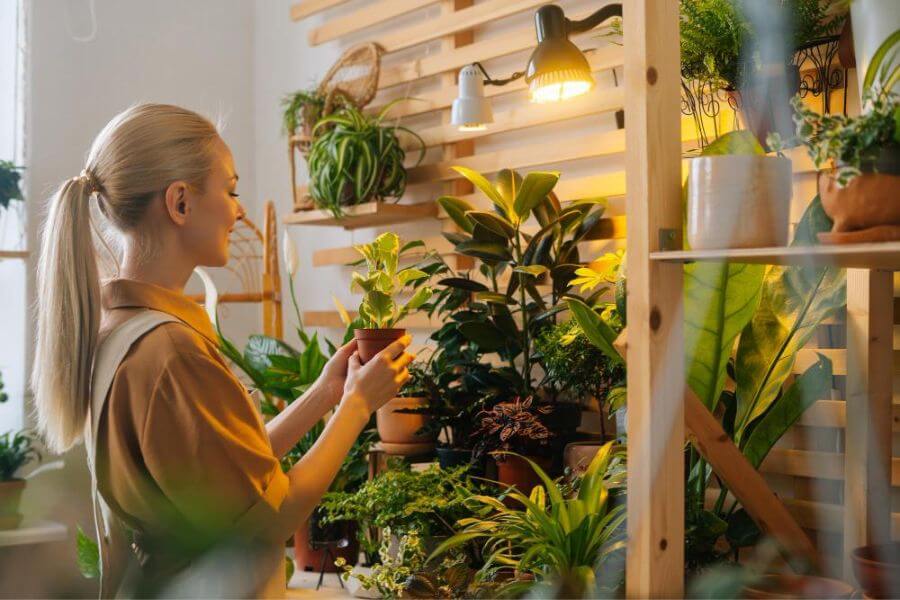
Another factor to consider when selecting plants for small spaces is their light requirements. Take into account the amount of sunlight your space receives and choose plants that can thrive in those conditions. If you have a sunny balcony or rooftop, opt for sun-loving plants like succulents, herbs, or flowering annuals. On the other hand, if your space is shaded, look for shade-tolerant plants like ferns, hostas, or begonias.
Lastly, consider the maintenance needs of the plants you choose. In small spaces, it’s important to select plants that are low-maintenance and don’t require frequent pruning or watering. Look for plants that are drought-tolerant or have a slow growth rate, as they’ll require less care and attention.
Maximizing Space: Vertical Gardening Techniques
Maximize your small space by utilizing vertical gardening techniques. When you have limited space, it’s important to think creatively and make the most of every inch.
Vertical gardening allows you to grow plants upwards, utilizing walls, fences, and other vertical surfaces. One popular technique is using trellises or stakes to support climbing plants like tomatoes, cucumbers, and beans. By training these plants to grow vertically, you can save valuable ground space and still enjoy a bountiful harvest.
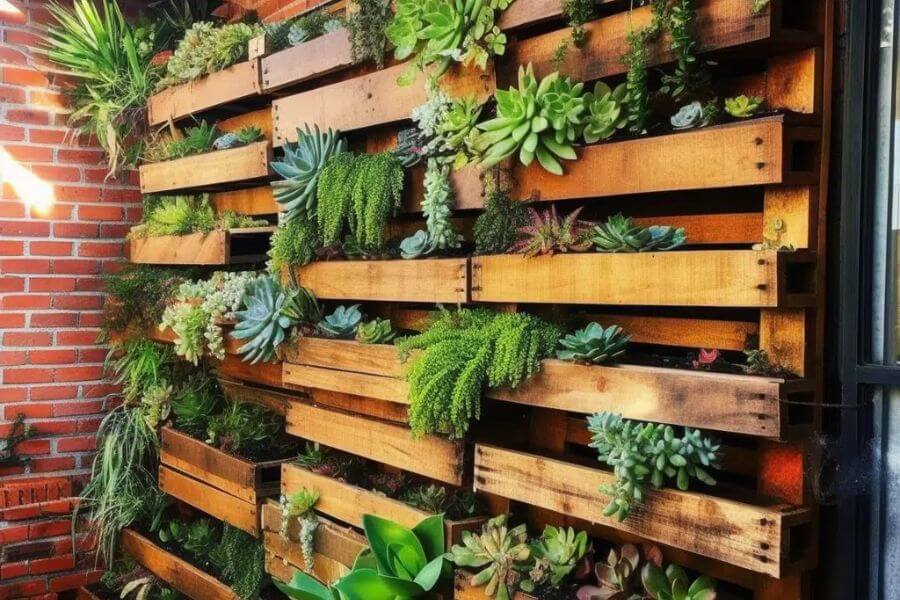
Another method is using hanging baskets or pots to grow herbs, flowers, or even small vegetables. These can be hung from hooks or mounted on walls, making use of overhead spaces that would otherwise go unused.
Additionally, vertical gardening can involve the use of vertical planters or living walls, where plants are grown in pockets or containers attached to a vertical structure. These structures can be made from wood, metal, or even repurposed materials like pallets.
Vertical gardening not only maximizes space, but it also adds visual interest and beauty to your small outdoor area. So, get creative and start exploring the possibilities of vertical gardening in your small space.
Essential Supplies for Urban Gardening
When urban gardening in small spaces, you’ll need essential supplies to ensure successful plant growth. These supplies are crucial for providing the right environment and support for your plants.
First and foremost, you’ll need containers or pots to hold your plants. Opt for containers that have good drainage to prevent waterlogged soil, which can lead to root rot.

Additionally, you’ll need potting soil specifically formulated for container gardening. This type of soil is lightweight, well-draining, and nutrient-rich to support healthy plant growth.
To water your plants efficiently, invest in a watering can or a hose with a spray nozzle attachment. This will help you control the amount of water your plants receive and prevent over or under watering.
It’s also essential to have a small hand trowel or a gardening fork for planting and transplanting, as well as pruning shears for maintaining your plants.
Lastly, consider purchasing organic fertilizers or compost to provide your plants with essential nutrients.
Maintaining and Caring for Your Urban Garden
For optimal care of your urban garden, it’s important to regularly tend to the plants and provide them with necessary maintenance. This includes watering, pruning, fertilizing, and pest control.
Watering is essential to keep your plants healthy and thriving. Make sure to water them consistently, giving them enough moisture without overwatering. Check the soil regularly to ensure it’s moist but not saturated.
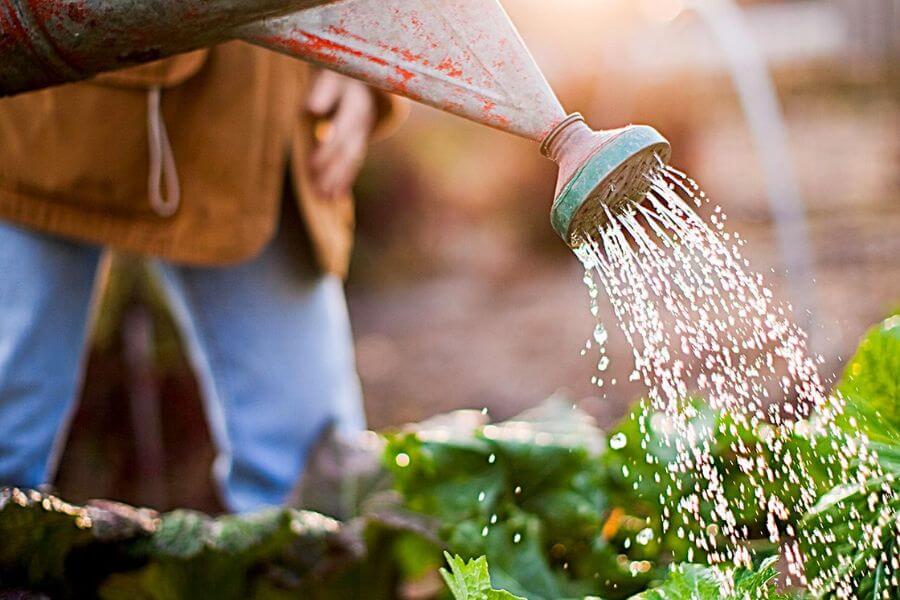
Pruning is another important aspect of maintenance. Trim off any dead or damaged leaves or branches to promote new growth and maintain the overall shape of the plant.
Fertilizing is necessary to provide your plants with essential nutrients. Use a balanced fertilizer and follow the instructions on the packaging for proper application.
Lastly, pest control is crucial to protect your plants from pests and diseases. Regularly inspect your plants for any signs of infestation and take appropriate measures to control the problem. This may include using organic pesticides or natural remedies.
Conclusion
So, whether you have a small balcony, a tiny backyard, or even just a sunny windowsill, urban gardening offers a wonderful opportunity to grow your own green oasis in the midst of the city.
With the right plant choices, creative use of space, and a few essential supplies, you can successfully cultivate a thriving urban garden.
So go ahead, get your hands dirty and enjoy the beauty and benefits of urban gardening!

